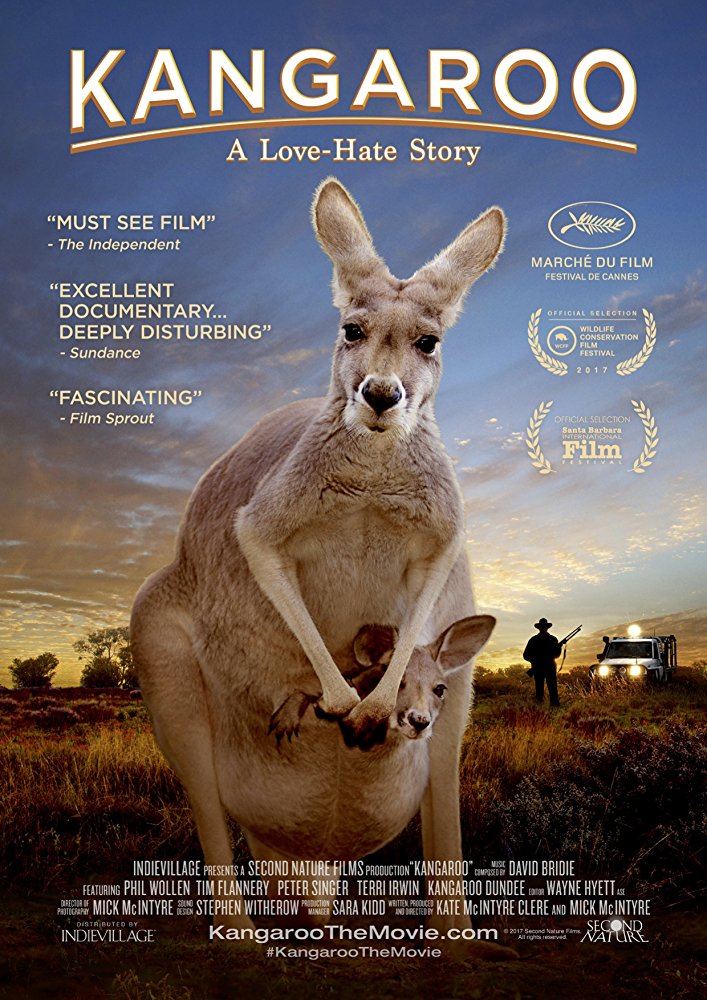Review: ‘Kangaroo: A Love-Hate Story’ Explores Unchartered Territory
On Tuesday, January 23, the Laemelle Music Hall, Los Angeles’s home to indie films and documentaries, opened its doors to welcome the cast and crew of Kangaroo: A Love-Hate Story for its theatrical debut.
Produced by married duo Kate McIntyre Clere and Mick McIntyre, the movie presents a critical view of how kangaroos are treated in Australia. While kangaroos are upheld as a national symbol for the country, many Australians view them as everyday, disposable pests, leading to a mass-killing of the marsupials.
As the film later reveals, the killing of the kangaroos is conducted in unsanitary and inhumane ways, with bacteria-infested meat being sold for human and dog consumption. The film also reveals inconsistent and nonsensical means to track the country’s population of kangaroos from the Australian government, creating an unsustainable demand in the global market for kangaroo meat.

The film is not for those with weak stomachs or faint hearts, as the filmmakers unflinchingly demonstrate the extent of the issue through graphic footage.
In Australia, ordinary citizens can obtain a professional kangaroo shooter’s license, where they are able to freely kill kangaroos in exchange for profit from meat corporations or clothing companies that utilize their meat. These killings are done in grotesque, cruel measures with little accountability — from leaving bloody heads in open fields to killing a mother kangaroo and leaving the baby joey to die within its mother’s decaying body.
While it may seem improbable to believe such inhumane acts can be accepted in 2018, the Australian government continues to lobby states like California, who is the only state in the country to ban exports of kangaroo meat, while pushing continued sales in Russia and the European Union.
What makes the film unique is the willingness of the directors to step foot into uncharted territory, and to launch conversations about taboo topics. The filmmakers, who are Australian themselves, point out that within the country, kangaroos remain a highly controversial issue. This is demonstrated in the film, as interviews with Australian scholars, citizens and politicians debate on whether the kangaroo is a pest to be dealt with or a friend to be protected.
Australia is known externally for being an animal-loving country, and through documentaries like this, global conversations can begin about protecting, not exploiting, their national symbol.
It takes courage to expose what is done in darkness, and the directors carry the narratives of indigenous Australians, politicians, activists, scientists, and community organizers with an unshakeable belief that with enough voices speaking out about the issue, a better future can be paved for the kangaroo.



